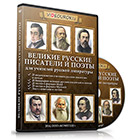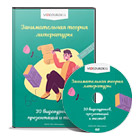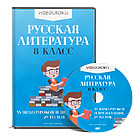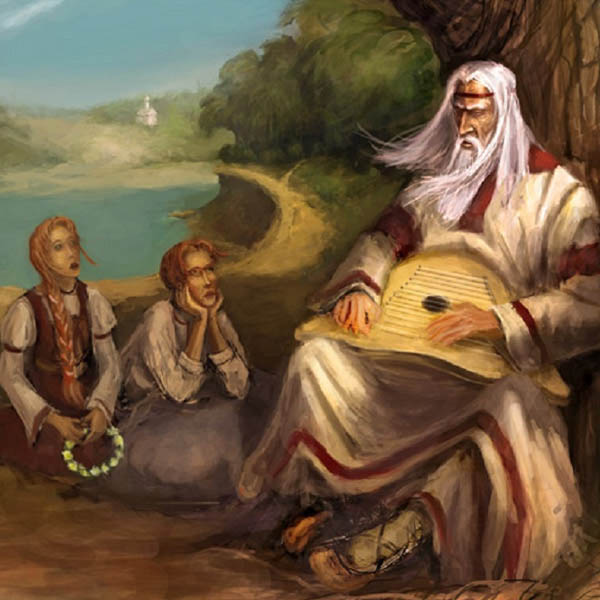This article presents a new interpretation of the work of the male poet of the people of Uzbekistan Muhammad Yusuf, which provides information about the zoonyms and zoomorphisms in the poems of the writer, and exactly what they were used for.
Создайте Ваш сайт учителя Курсы ПК и ППК Видеоуроки Олимпиады Вебинары для учителей
Interpretation of zoon and zoomorphism in the poems of muhammad yusuf.
Вы уже знаете о суперспособностях современного учителя?
Тратить минимум сил на подготовку и проведение уроков.
Быстро и объективно проверять знания учащихся.
Сделать изучение нового материала максимально понятным.
Избавить себя от подбора заданий и их проверки после уроков.
Наладить дисциплину на своих уроках.
Получить возможность работать творчески.
Просмотр содержимого документа
«Interpretation of zoon and zoomorphism in the poems of muhammad yusuf.»
Полезное для учителя
Распродажа видеоуроков!
1660 руб.
2760 руб.
1740 руб.
2900 руб.
1430 руб.
2380 руб.
1460 руб.
2440 руб.
Курсы ПК и ППК для учителей!
800 руб.
4000 руб.
800 руб.
4000 руб.
800 руб.
4000 руб.
800 руб.
4000 руб.
ПОЛУЧИТЕ СВИДЕТЕЛЬСТВО МГНОВЕННО
* Свидетельство о публикации выдается БЕСПЛАТНО, СРАЗУ же после добавления Вами Вашей работы на сайт
Удобный поиск материалов для учителей
Проверка свидетельства




















